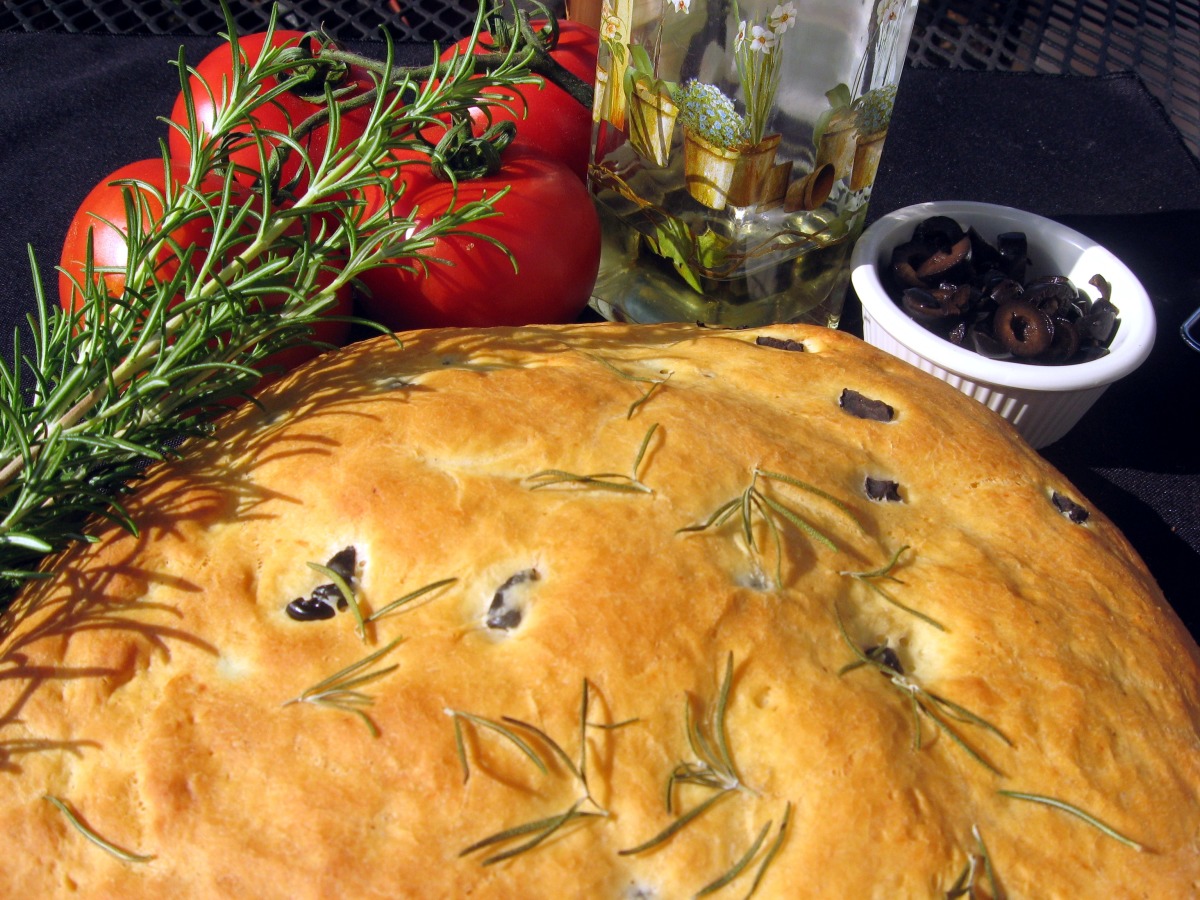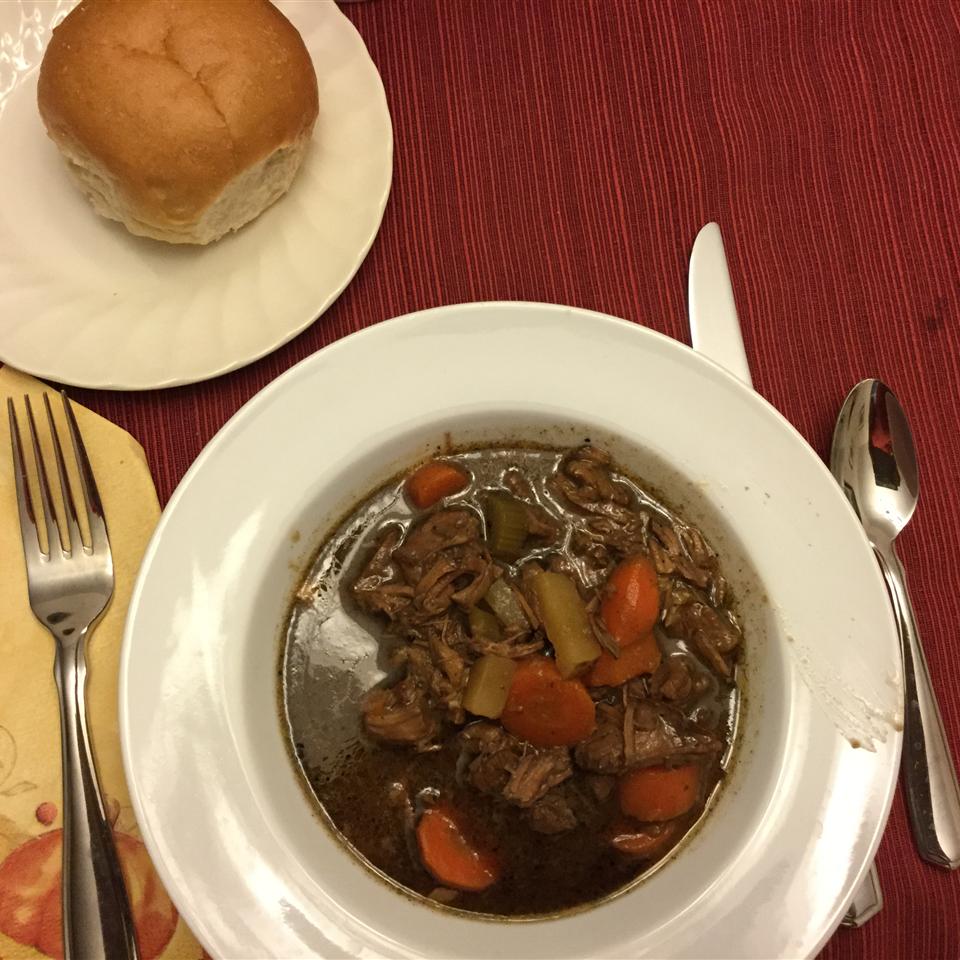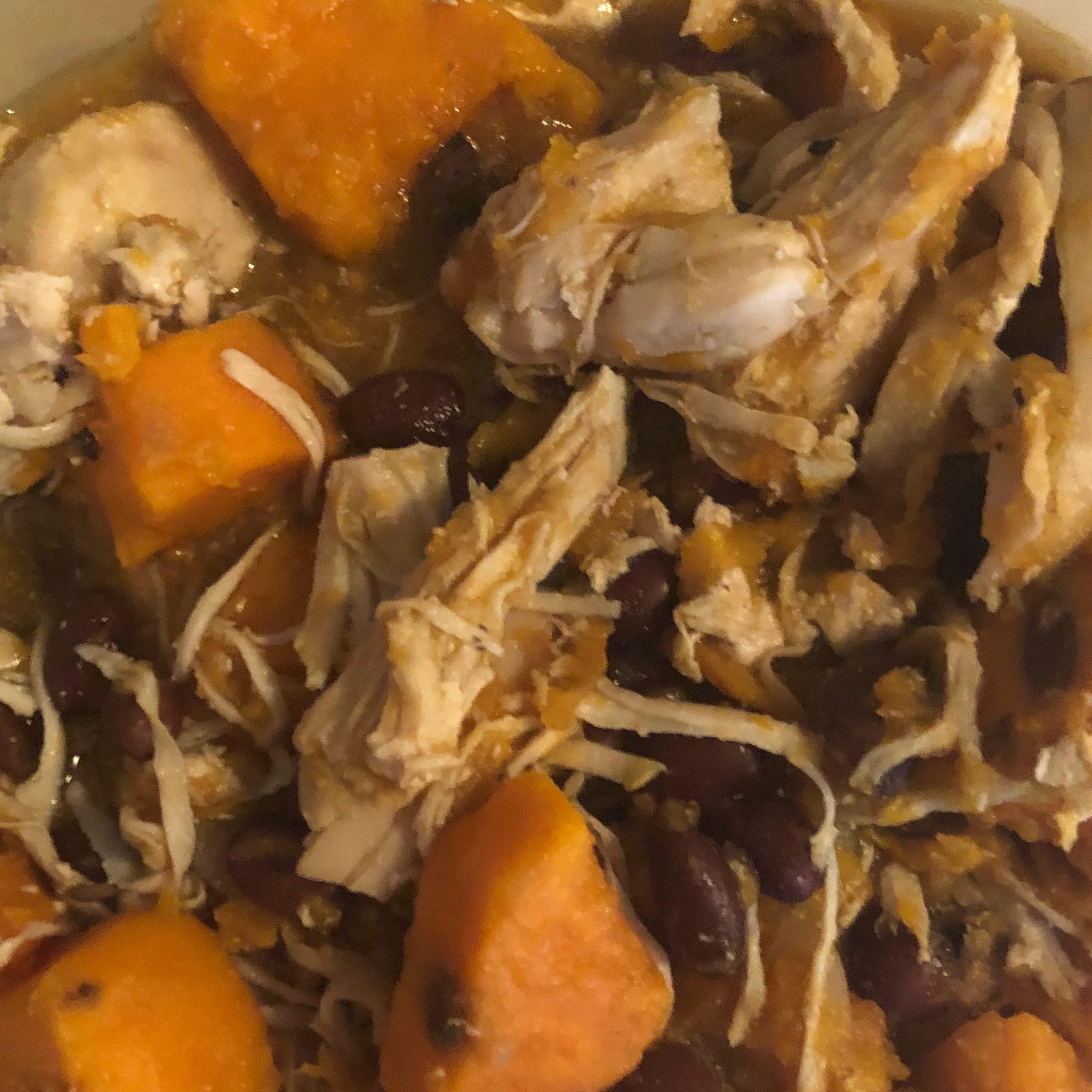In the realm of delectable culinary creations, Greek bread stands tall as a testament to the rich tapestry of Mediterranean cuisine. With its inviting aroma, golden-brown crust, and soft, fluffy interior, this bread is a true feast for the senses. Whether you're a seasoned baker looking to expand your repertoire or a novice seeking an easy-to-follow recipe, this article presents a curated collection of Greek bread recipes that cater to every skill level. Embark on a culinary journey as we explore the traditional methods and modern variations of this beloved bread, unraveling the secrets that make it an enduring favorite. From the classic round loaf to innovative takes infused with unique flavors, discover the perfect Greek bread recipe that will tantalize your taste buds and transport you to the heart of Greece.
Here are our top 4 tried and tested recipes!
GREEK BREAD (ABM)

The recipe asks for black olives but use any kind that you like, it will work fine! Baking time is however long it takes your machine.
Provided by Annacia
Categories Yeast Breads
Time 15m
Yield 16 serving(s)
Number Of Ingredients 8
Steps:
- In bread machine pan, place the first seven ingredients in order suggested by manufacturer.
- Select basic bread setting.
- Choose crust color and loaf size if available.
- Bake according to bread machine directions ( check dough after 5 minutes of mixing: add 1 to 2 tablespoons of water or flour if needed).
- Just before the final kneading (your machine may audibly signal this), add the olives.
- Yield: 1 loaf (1-1/2 pounds), 16 slices.
Nutrition Facts : Calories 123.4, Fat 2.8, SaturatedFat 1.5, Cholesterol 8.4, Sodium 174.8, Carbohydrate 20, Fiber 0.8, Sugar 1.1, Protein 4.2
GREEK OREGANO AND LEMON (ABM)

Based on a recipe from Madge Rosenberg's book, The Best Bread Machine Cookbook Ever - Ethnic Breads. She says in its introduction, "You can smell lemons and oregano at sea as you come near the Greek islands that are not too stony to support growth. Oregano will grow between the cracks in rocks. This bread is comfortable with broiled or sauced fish. Toast, rub with garlic, and float in chicken or egg-lemon soup." Measurements are for the large 1 ½ pound loaf; measurements for the small (1 pound) loaf are in parentheses.
Provided by mersaydees
Categories Yeast Breads
Time 3h10m
Yield 1 loaf
Number Of Ingredients 10
Steps:
- Add first nine ingredients to bread machine in the order recommended by its manufacturer.
- Process on the basic bread cycle.
- When the bread cycle completes, brush the lemon juice on top of the bread while it's still in the machine.
Nutrition Facts : Calories 1896.7, Fat 46.7, SaturatedFat 6.6, Sodium 3512.2, Carbohydrate 324.6, Fiber 22.8, Sugar 14.9, Protein 48.3
GREEK BREAD RECIPE (VILLAGE BREAD/ HORIATIKO PSOMI)

A super easy Greek village bread recipe (Horiatiko psomi) that will never fail you! All the secrets for a perfectly baked bread; a homely version for all the bread lovers.
Provided by Eli K. Giannopoulos
Categories Breads
Time 1h25m
Number Of Ingredients 7
Steps:
- To prepare this easy Greek bread recipe, start by adding in a large bowl the water, yeast and sugar. Use a fork to completely dissolve the yeast in the water. Set aside for about 5 -10 minutes to activate the yeast. Note: if you don't have fresh yeast substitute for dried - just use one third of the quantity stated.
- Add half the flour a little bit at time whilst mixing with a spoon. Add the olive oil and salt and the rest of the flour and mix with a spoon until all the flour has been absorbed. At this point the dough should be sticky on your hand.
- Knead the dough a little bit with your hands until it's elastic and form into a ball. Place the dough inside a lightly oiled large bowl and cover with cling film.
- Let the dough rise at room temperature for 10-12 hours (or overnight).
- Deflate the dough. Sprinkle semolina on a large working surface and transfer the dough on the surface. Using a sharp knife divide the dough in 2 equal pieces. (This Greek Bread recipe makes 2 loafs of bread).
- Knead each piece of the dough with your hands just enough to have a nice and smooth dough that doesn't stick too much on your hands (for about 3 minutes). Sprinkle the dough with semolina (2-3 tbsps) when kneading the dough.
- Form 2 round loafs and place inside a casserole dish or clay pot with a lid. Score the top of each loaf using a sharp knife. Place the lid on the casserole dish.
- Preheat the oven at 250C/ 480F. Bake for 20 minutes with the lid on and another 15 minutes or so with the lid removed, until nicely coloured and crusty.
Nutrition Facts : ServingSize 1 slice of bread, Calories 283kcal, Sugar 0.5g, Sodium 749.2mg, Fat 3.2g, SaturatedFat 0.5g, UnsaturatedFat 2.3g, TransFat 0g, Carbohydrate 53.4g, Fiber 1.9g, Protein 9g, Cholesterol 0mg
PSOMI - GREEK BREAD
Make and share this Psomi - Greek Bread recipe from Food.com.
Provided by PalatablePastime
Categories Yeast Breads
Time 3h5m
Yield 2 loaves
Number Of Ingredients 8
Steps:
- Sift flour into a mixing bowl and place into a low oven to warm.
- Dissolve yeast in 1/2 cup warm water, then stir in remaining water, salt, and sugar.
- Remove flour from oven; take 2 cups of flour from the bowl and set aside.
- Make a well in the remaining flour and pour in the liquid; stir in a little of the flour until the liquid gets thick, then cover the bowl and leave in a warm place until the mixture is frothy, about 10 minutes.
- Stir the rest of the flour into the liquid, and add the butter/oil gradually, beating with a wooden spoon or mixing with your hands until smooth (about 10 minutes), or alternatively, use a dough hook/mixer for 5 minutes.
- Sprinkle a little flour onto a board, and turn the dough out; gradually mix in some of the flour you had set aside earlier.
- Only knead in enough to keep the dough from sticking; dough is ready when it is satiny, and the surface is slightly wrinkled; shape into a ball.
- Oil the dough, and place in bowl, making sure the top side is oiled completely; cover bowl with plastic and allow to rise in a warm place for 1-1 1/2 hours or until doubled in size.
- Punch down and make into 2 pieces; turn onto floured surface, and form each into a torpedo-shape.
- Grease baking sheet and sprinkle with semolina; place the dough well apart on the sheet and cut 4 diagonal slashes across the dough; cover with a cloth and allow to proof in a warm place until doubled again, about an hour.
- Preheat oven to 375 degrees.
- Place a dish of boiling water on the bottom of the oven; spray bread lightly with a mister and bake in preheated oven for approx 35-40 minutes; after first 15 minutes, mist again with water, then again 10 minutes later.
- Cool on a rack when done.
Tips:
- Ensure all ingredients are at room temperature before mixing: This helps ensure the yeast activates properly and the dough rises evenly.
- Use fresh yeast: Active dry yeast is commonly used in bread making. Check the expiration date to ensure its viability.
- Activate the yeast properly: If using active dry yeast, proof it in warm water with a pinch of sugar before adding it to the dough. This helps ensure it's active and ready to work.
- Knead the dough properly: Kneading helps develop the gluten in the dough, resulting in a chewy and elastic texture. Knead for at least 5-7 minutes.
- Let the dough rise in a warm place: The ideal temperature for rising dough is between 75-85°F (24-29°C). A warm place, such as a turned-off oven with a bowl of hot water inside, can create a suitable environment.
- Shape the dough properly: After the first rise, shape the dough into your desired shape. Roll it out for flatbreads, divide it for rolls, or braid it for loaves.
- Brush with olive oil or egg wash before baking: This helps create a golden-brown crust and adds flavor.
- Bake at the correct temperature: The baking temperature and time will vary depending on the type of bread. Follow the recipe's instructions carefully.
Conclusion:
With careful attention to detail, following these tips and the recipes provided in the article, you can create delicious and authentic Greek bread at home. Experiment with different flavor variations, such as adding herbs, olives, or cheese, to create your unique variations. Enjoy the satisfaction of baking fresh, homemade Greek bread that will impress your family and friends.
Are you curently on diet or you just want to control your food's nutritions, ingredients? We will help you find recipes by cooking method, nutrition, ingredients...
Check it out »
You'll also love






